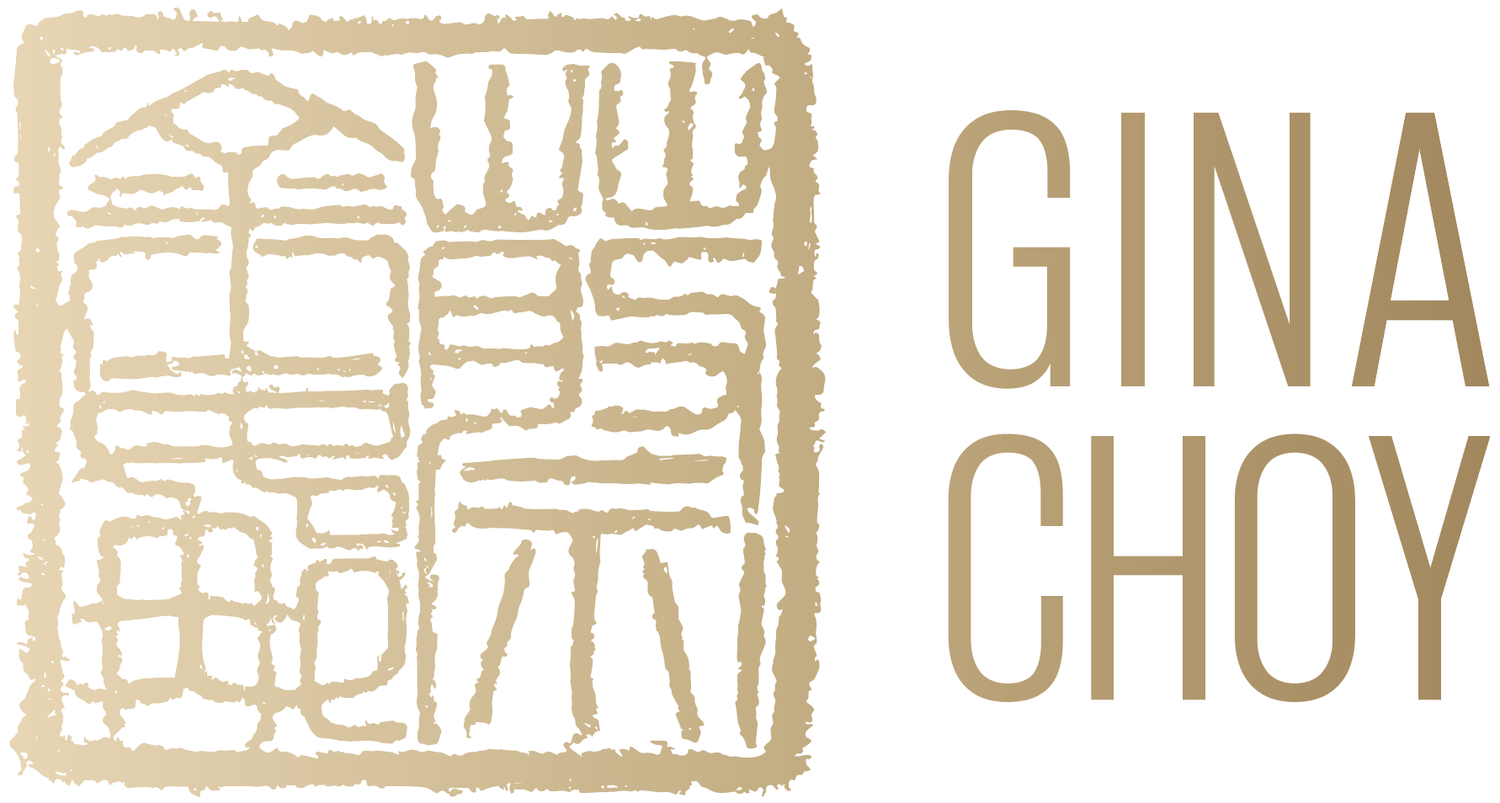There are many kindred threads of inquiry that can be observed happening within our community of artists in Web3. I find this a confirmation of the strength of our movement and validity of its future relevance.
In the canon of art history and its associated artistic movements are intersections between artists who come to be either grouped together through curation, hindsight of critics or art historians. Often but not always, these artists know each other, brought together through the commonality of their work and research. They become comrades, friends and at times even rivals. They are often known to have collected each other’s work, exhibited together and shared intellectual and creative exchange. I see the same things happening very presently in parts of our collective movement that has come to expression alongside the rise of Blockchain technology.
A most exciting thing that becomes apparent, especially when casting one’s eye back to the movements of art history, is that such creative convergence often marks great moments of the expansion of human consciousness and the understanding of reality as it is known. I believe, through my observation of a just a relatively small community of artists and their work within this wider movement, supported by a group of discerning collectors, curators and builders, that we are occupying the cusp of a recurrence of such a phenomenon.
Diid and I have spoken around concepts of energy and humanity and the greater expressions of this and agree in the importance of stimulating a wider discourse on these concepts though our art and inviting others into this conversation.
1. Gina Choy (2024) “Koan —”, acrylic on 320 gsm cold press cotton rag.
2. Diid (2024) Title Unknown, from the series “Tension”, plotted acrylic ink on cotton paper.
These two kindred artworks act as a rich springboard for such a discourse - one machine-generated and the other hand-generated. Both are expressions of our humanity and its condition. Both are of this time and place that also trace other temporalities. Both full of the trembling breath of life.
These pieces individually and collectively point to philosophical questions that are being pondered at a far greater scale than that of just Diid and I. Through the many viewpoints of our collective minds and creative outputs we are opening a doorway to new insights in human consciousness.
1. @0xdiid (from the series Tension) @vertufineart
2. @GinaChoy_ (“Koan —” from the series KOAN ) col. @Theopenmindet @superrare
Art is philosophy. Art is science. Art is pioneering thought and perception. Art is the way forward.
Nature as Source.


